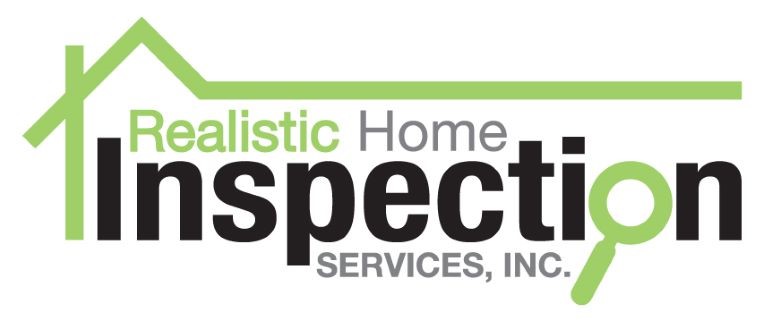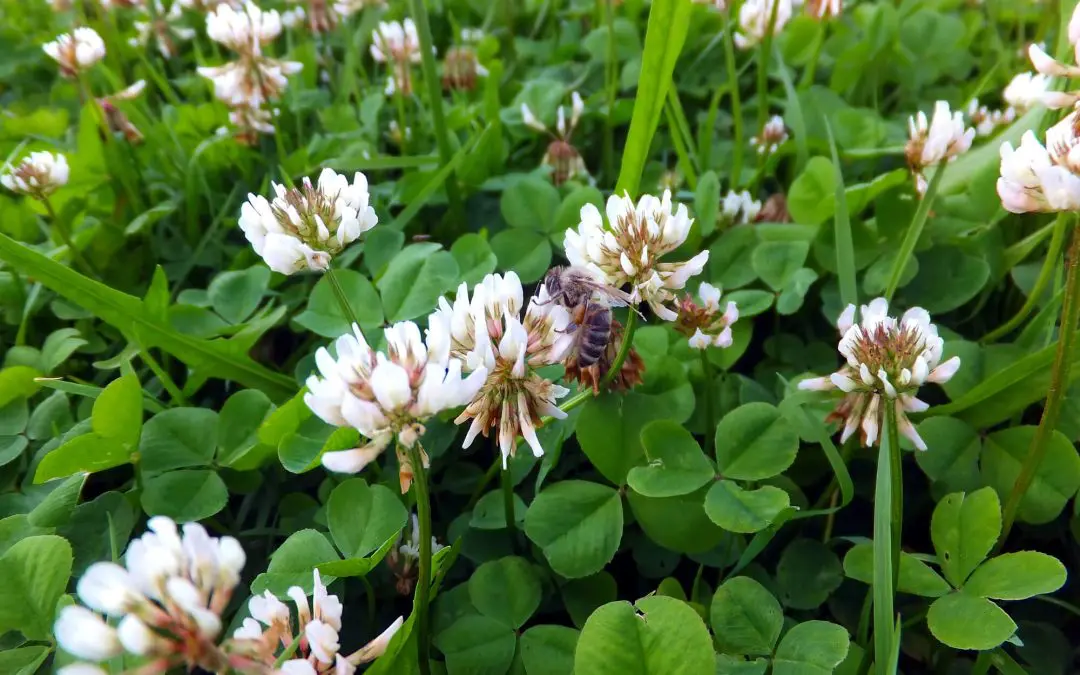If you live in Wisconsin, you know that keeping a traditional lawn looking green and lush can be a challenge. The unpredictable weather, cold winters, and occasional droughts make it difficult to maintain a pristine grass lawn without a lot of effort, water, and chemicals. Luckily, there are plenty of great alternatives that can give you a beautiful, eco-friendly yard with less maintenance. Let’s explore some of the best traditional lawn alternatives suited for Wisconsin’s climate.
Native Ground Covers
One of the best ways to replace a traditional lawn is using native ground covers. These plants are well-adapted to Wisconsin’s climate and require less water, fertilizer, and overall upkeep. Creeping thyme, wild strawberry, and Pennsylvania sedge are excellent choices. They provide a soft, green appearance and, in many cases, even add a pop of color when they bloom.
Pennsylvania sedge, in particular, is a great alternative to traditional grass. It grows in clumps, doesn’t require frequent mowing, and thrives in both sun and shade. Wild strawberry is another fantastic option, offering small edible berries and attractive foliage. Creeping thyme is a favorite among homeowners who want a fragrant, low-maintenance ground cover that attracts pollinators.
Clover Lawn Alternatives
Clover has been gaining popularity as a lawn alternative, and for good reason. White clover, in particular, is an excellent option for Wisconsin yards. It stays green throughout the summer, requires minimal mowing, and naturally fixes nitrogen in the soil, reducing the need for fertilizers. Plus, it’s drought-resistant and provides a habitat for pollinators like bees and butterflies.
Many homeowners choose microclover, a smaller-leafed variety that blends well with traditional grass while offering all the benefits of regular clover. It creates a lush, soft carpet perfect for barefoot walks in the yard. Unlike traditional grass, clover doesn’t turn brown in dry spells, making it a reliable, low-maintenance choice.
Prairie and Meadow Lawns
If you’re looking for a low-maintenance alternative that supports local wildlife, a prairie or meadow lawn might be the perfect choice. By replacing your grass with native wildflowers and grasses, you can create a beautiful and biodiverse yard that requires very little upkeep.
Prairie dropseed, little bluestem, and black-eyed Susans are all fantastic options for a Wisconsin prairie lawn. These plants are hardy and drought-resistant and provide food and shelter for birds, butterflies, and other beneficial insects. Once established, a prairie or meadow lawn requires minimal mowing—typically just once a year—to keep it looking its best.
Moss Lawn Alternatives
If you have a shady yard where grass struggles to grow, consider a moss lawn. Moss is an excellent alternative to grass because it thrives in low-light areas and requires no mowing or fertilizing. It retains moisture well and helps prevent soil erosion.
Common moss varieties like sheet moss and rock cap moss are great options for Wisconsin yards. While moss lawns may take some time to establish, they offer a unique, lush green carpet that feels soft underfoot. If you have areas in your yard where grass refuses to grow, replacing it with moss can be a simple and effective solution.
Xeriscaping with Drought-Tolerant Plants
Xeriscaping is a landscaping method that focuses on using drought-tolerant plants to reduce water usage. This approach is ideal for Wisconsin homeowners who want to conserve water while still maintaining a visually appealing yard.
Sedum, yarrow, and Russian sage are excellent drought-resistant options that add color and texture to your landscape. These plants require minimal watering once established and thrive in various soil conditions. By incorporating a mix of native perennials, ornamental grasses, and mulch, you can create a stunning, low-maintenance yard that doesn’t rely on constant watering and mowing.
Switching to a traditional lawn alternative can save time, money, and resources while benefiting the environment. Whether you choose clover, native ground covers, prairie grasses, or moss, these alternatives provide a beautiful and sustainable solution for your yard.
FAQs
Will a clover lawn attract too many bees?
Clover does attract bees, which is great for pollination, but if you’re concerned about stepping on them, mowing occasionally when it blooms can help. Microclover also flowers less frequently than regular clover, reducing bee activity.
Are alternative lawns more expensive to install?
Some alternatives, like prairie lawns or xeriscaping, may have a higher initial cost due to plant selection and installation. However, they save money in the long run by reducing water, fertilizer, and maintenance costs.
Can I still walk and play on these lawn alternatives?
Yes! Clover, moss, and native ground covers like Pennsylvania sedge are all soft and durable enough for foot traffic. Some options, like prairie lawns, are best suited for areas with less frequent use.
Do these alternatives survive Wisconsin winters?
Absolutely. The options listed here are chosen specifically for their ability to withstand Wisconsin’s cold temperatures and variable weather conditions.
Will my yard look messy if I switch to a non-traditional lawn?
Not at all! With proper planning and maintenance, alternative lawns can look as neat and intentional as traditional grass lawns. Options like clover and native ground covers create a uniform, lush appearance, while meadow lawns offer a more natural, wild beauty.
Realistic Home Inspection Services offers professional home inspections to homeowners in the greater Milwaukee area. Contact us to request our services.

